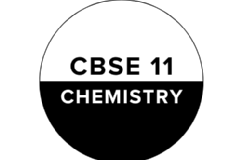Delving into molecular architecture, this course begins with detailed orbital overlap explanations for covalent bond formation. Students learn to predict molecular geometry through hands-on VSEPR model building exercises. The hybridization concept is broken down into simple electron promotion visualizations. We compare bond parameters across molecules using computational chemistry simulations. The states of matter section transforms abstract gas laws into interactive pressure-volume experiments. Kinetic molecular theory is taught through particle motion animations that clarify Maxwell-Boltzmann distributions. Real gas behavior is explained using compressibility factor graphs with practical examples. The liquid state covers surface tension demonstrations and viscosity calculations through problem-based learning. In solids, we analyze crystal packing efficiency using 3D models and mathematical derivation. Special sessions address hydrogen bonding's biological significance through case studies of DNA and protein structures. The course includes monthly mock tests that combine bonding concepts with states of matter applications, preparing students for integrated NEET questions. Students can enroll wight now.






